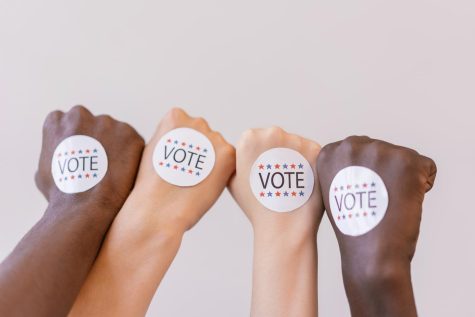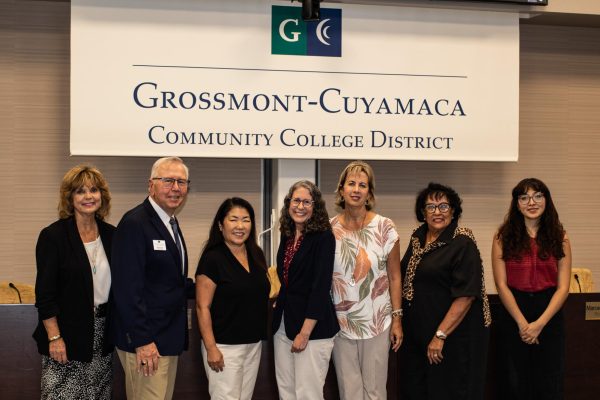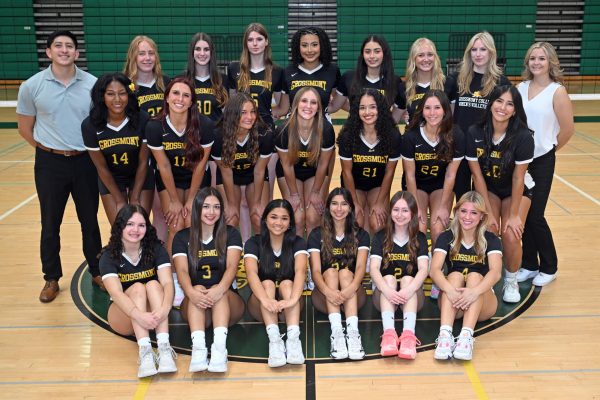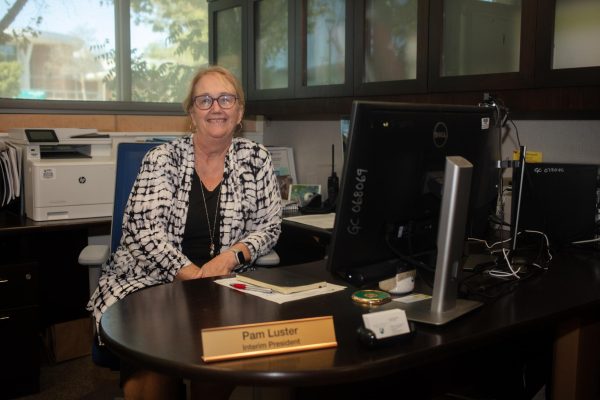AI’s Potential
With the use of artificial intelligence (AI) rapidly on the rise, colleges are facing another relatively unknown element to which they must adapt. Grossmont College is no exception.
Most have probably heard of popular programs like ChatGPT that are renowned for their language modeling AI, which closely mimics human language and responses. A trend among some students has been to use such programs to help them with responding to written prompts on assignments.
The potential of these applications in the educational field, both in use and risk, has caused a vast array of questions to arise. The brunt of the work ultimately falls on the schools and their staff to adapt to this growing technological snowball.
A recent research study released by NYU in early March revealed that postsecondary teachers make up a majority of the top 10 jobs “most exposed” to language-modeling AI, a trend to which many educators are paying close attention.
Despite the unknown variables in the future of AI, there is a strong population of educators who express hope for what it could bring to the table as a tool in the classroom.
A poll of higher education staff done by EDUCAUSE revealed roughly 46% of the respondents were “very or extremely familiar” with generative AI. Roughly 54% of the respondents claimed they were “optimistic or very optimistic” about the potential use of AI, while 12% responded “pessimistic or very pessimistic” and the remaining staff describing themselves as “neutral or cautious.”
Some of that optimistic sentiment has been expressed by educators at Grossmont.

“I do know that some instructors are inviting instructors to have open conversations about AI and ChatGPT and learning together about them and their purpose, value, use, academic integrity, etc,” Grossmont’s Distance Education Coordinator Dave Dillon said in an email response.
However, all of the optimism around AI has not stopped the concern. Some faculty at Grossmont have even approached Dillon with their issues and or concerns regarding the use of artificial intelligence.
In the visual and digital arts especially, there is a growing concern among creators about the rise in popularity of AI-generated illustrations. These programs use databases containing millions of images across the web to create a “new” generated art style and subsequent artwork. Concerns tend to be raised among artists that these images can be of other individuals’ unique work that will go uncredited.
“From an artist perspective – if I have the right to call myself that, I mean – it’s technically not their own work but an amalgamation of uncredited sources,” said Grossmont Art Major Sage Calvin. “It annoys me especially when it takes from small artists on the internet that might not have the following or recognition that someone like da Vinci would.”
Concerns like this are reasonable for those in the field, with some businesses beginning to make commercial use of generated artwork. It can become even more confusing when the murky legal waters of authorship and copyright are explored.
“I don’t care how much money someone spends on an app to type a couple of sentences and get some art created from thousands of other people’s hard work,” Calvin said. “It’s a massive problem in my opinion. So many actual artists who put in the effort will go unnoticed if AI art becomes the new thing.”
While the consensus when it comes to AI’s role in higher education is still unclear, the inevitability of its continued evolution is something everyone will experience.
Your donation will support the student journalists of Grossmont College. Your contribution will allow us to purchase equipment and cover our annual website hosting costs.
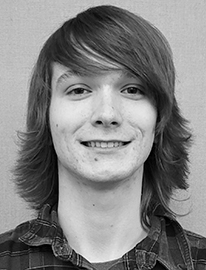
Editor-in-chief of The Summit and journalism major with a passion for all things related to sports, politics and the natural world. Looking forward to...



